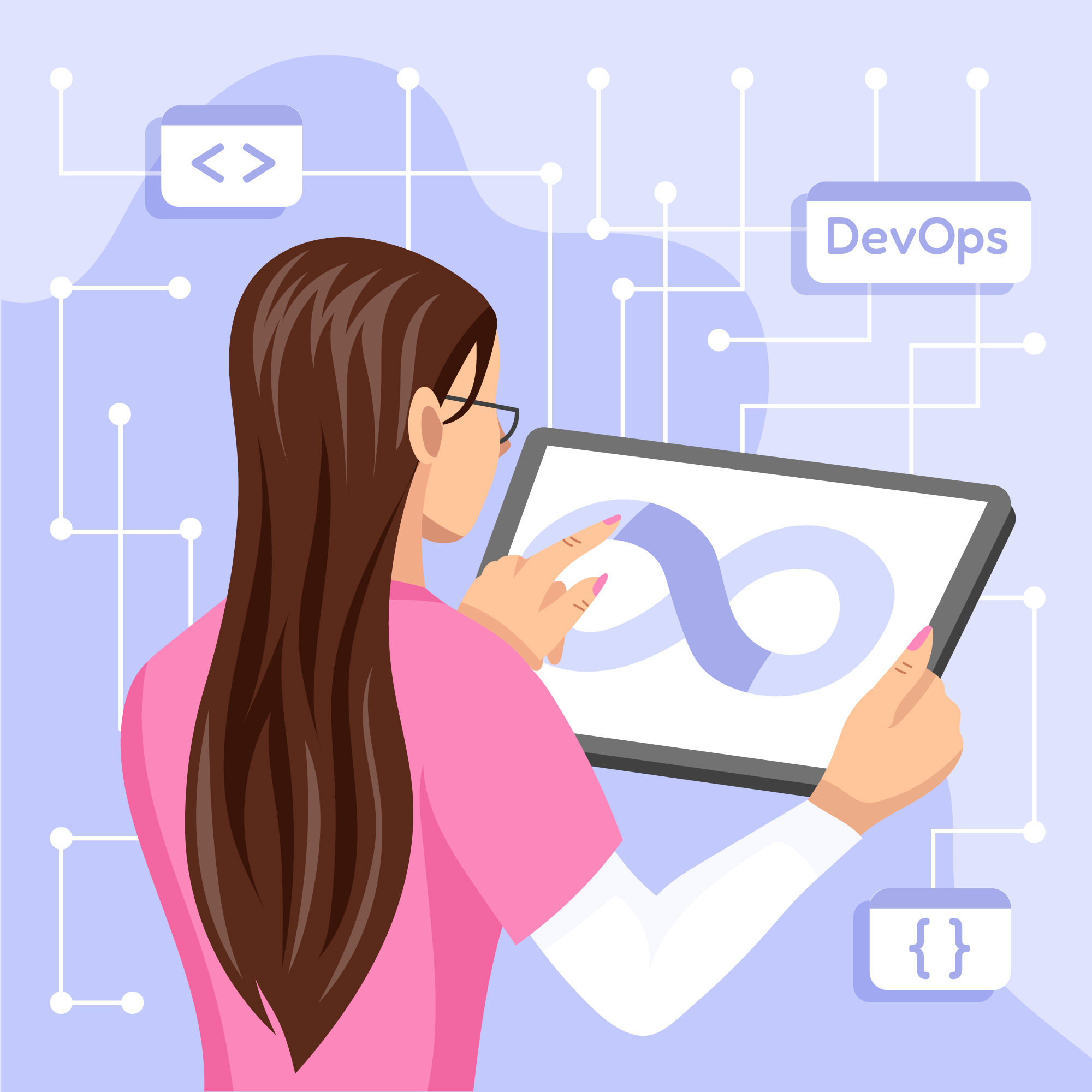
The Evolution of DevOps – Transforming Software Delivery in the Digital Era
In the rapidly growing digital economy, businesses rely on software more than ever before. Whether it is mobile apps, cloud platforms, or AI-driven solutions, delivering high-quality applications quickly has become a business necessity. Traditional IT models, which often divided development and operations into separate silos, could no longer keep pace with the demands of agility, scalability, and speed. This gap gave rise to DevOps—a cultural and technical movement that has revolutionized the way software is built, tested, and delivered.
What is DevOps?
At its core, DevOps is a blend of “Development” and “Operations”, aiming to unify teams that historically worked in isolation. It is not just about tools or automation but about creating a culture of collaboration, communication, and continuous improvement. DevOps ensures that software moves seamlessly from coding to deployment, enabling organizations to respond faster to market demands.
Why DevOps Matters Today
In today’s competitive digital space, speed alone is not enough. Businesses must balance speed with reliability, scalability, and security. DevOps provides this balance by:
Reducing software release cycles – Updates that once took months can now be delivered in weeks or even days.
Improving product quality – Continuous testing and monitoring ensure fewer defects.
Enhancing customer experience – Faster bug fixes and feature rollouts keep users satisfied.
Optimizing costs – Automation reduces manual work, minimizing errors and operational costs.
Key Principles Driving DevOps Success
Collaboration & Communication – Developers, testers, operations engineers, and business teams work together with shared goals.
Automation – From code integration to deployment pipelines, automation accelerates processes.
Continuous Integration & Continuous Deployment (CI/CD) – Ensures code is tested and deployed frequently with minimal risk.
Monitoring & Feedback – Applications are continuously monitored to detect issues quickly and learn from real-world usage.
Culture of Experimentation – Teams adopt agile practices, experimenting with new approaches without fear of failure.
Popular Tools in DevOps Ecosystem
DevOps thrives on a wide range of tools that streamline workflows. Common categories include:
Version Control: Git, GitHub, GitLab
CI/CD: Jenkins, GitHub Actions, CircleCI
Configuration Management: Ansible, Puppet, Chef
Containerization & Orchestration: Docker, Kubernetes
Monitoring: Prometheus, Grafana, ELK Stack
These tools empower teams to automate tasks, monitor infrastructure, and ensure that deployment is smooth and scalable.
Challenges in Adopting DevOps
Despite its benefits, many organizations struggle with DevOps adoption due to cultural resistance, lack of skilled professionals, or overreliance on tools without cultural alignment. For DevOps to succeed, leadership must support change, employees must adapt to new responsibilities, and organizations must invest in training.
The Future of DevOps
As technology advances, DevOps is evolving too. AI-driven DevOps (AIOps), GitOps, and NoOps are emerging trends that will further automate decision-making, monitoring, and deployment. Security is also being tightly integrated into pipelines under the concept of DevSecOps, ensuring security is not an afterthought but an integral part of development.
Final Thoughts
DevOps is more than a methodology—it is a cultural shift that enables businesses to innovate faster, deliver better software, and stay ahead of competition. Organizations embracing DevOps today are not just improving IT efficiency but are also securing their position in tomorrow’s digital-first economy.


